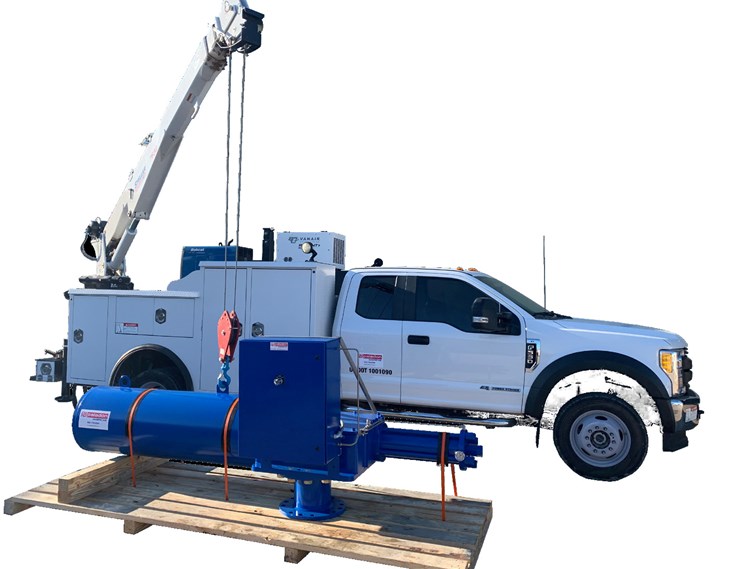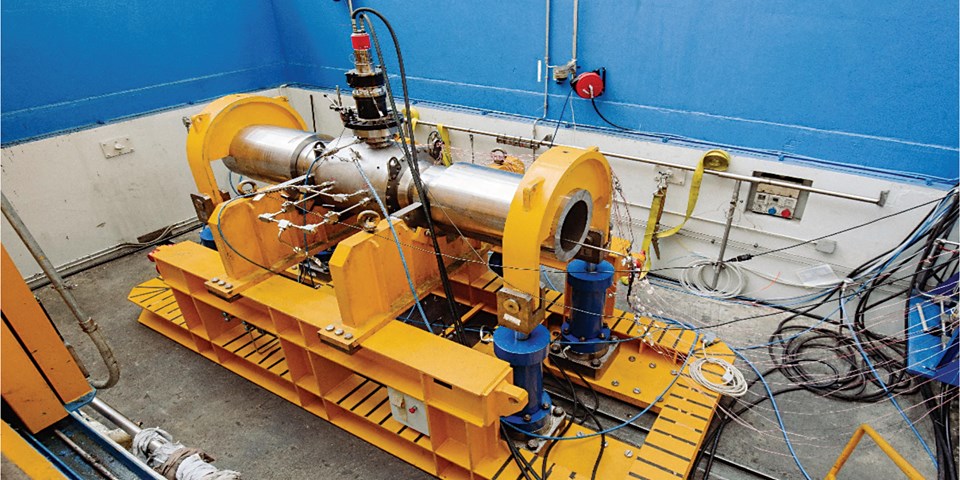By Roberto Bolzonella – PetrolValves
With such an approach, focusing on total cost optimization through the adoption of novel architecture, PetrolValves came out with an innovative concept of a ball valve (not limited to this type). This patent pending concept, with the acronym BRAVA, is a stepping stone in rethinking the traditional boundaries, with the aim to reduce weight and dimensions. At the same time, this valve will be easier to maintain and service over the lifecycle, according to the company.
“In addition, the novel ball valve is part of an holistic integrated approach aimed to reduce the overall project CAPEX and OPEX, minimize the execution risks and optimize the asset lifecycle through the adoption of a modular, integrated and smart sensing approach, that encompasses all the asset lifecycle costs.”

Existing and Proven Technology
The PV BRAVA (Boltless Reliable Advanced Valve) technology is based on a compression retaining ring technology, widely adopted and tested in complex and challenging compression services in the oil & gas industry. “In other words, it is not a new concept but we have adopted this technology for BRAVA. It makes sense to do so. Because bolting is so common in the industry, nobody but us came up with the idea.” BRAVA’s ‘secret’ is the retaining ring concept which, due to its particular shape, acts as a shoulder which retains the body closures lateral flanges and/or bonnet, simplifying the overall architecture while improving the required functionalities. This position assures a continuous contact during any service condition and external loads as well as the ring wedges itself into place between the valve housing and the retained part. Due to a further shim retaining system (wedges, solid or split ring) that aims to keep it in position during all valve operations, it locks everything in place. Through an extensive Finite Element simulation and test-to-learn campaign, a simplified architecture equivalent of a pressure boundary joint assembly, capable to ensure a tight fit to withstand any shifting, shrinking that may occur during service due to pipeline loads, such as tensile stressing, shear forces or bending moment, has been developed.

Same Functionalities, Less Weight
The advantages compared to conventional, bolted systems, can be grouped in terms of CAPEX and OPEX. On the CAPEX-side, we have succeeded to lower cost, shorten delivery times and reduce weight/dimensions. Also for the OPEX, we have made progress by simplifying the design, thus reducing installing and maintaining the valve. In essence, we have reduced the TCO. Furthermore, we have reduced the CO2-footprint considerably, mainly because BRAVA requires less material and machining. Finally, the optimized dimensions also contribute to the overall BOP (Balance of Plant) thanks to the optimization of the piping layout and overall plant design.
As for the specific design changes, the absence of bolts implies that the valve body closure wall thickness can be sized to withstand pressure loading only. It provides the most favorable solution with respect to thickness and radial width, as it may transfer large axial load. Also, the extra joint flange lap for bolts installation is not needed.
The above exercise leads to a significant reduction in weight, on average 25% savings (depending on size, pressure class and material section). Due to its design, BRAVA’s assembly time can be reduced by 30%. Another cost-cutting factor is that servicing and maintenance requirements are simpler, requiring less spare parts, tools and further reducing OPEX. “We wanted to design and manufacture a valve that has the same functionalities as – in this case – a ball valve and is able to compete on price with conventional products from the competition. As there are cost-savings both at the manufacturing end (material use, supply chain costs, machining) and the end user side (reduced maintenance costs), this will be part of negotiation process. We are open to suggestions.”

Seamless Integration
It is also important to note that BRAVA is based on tested and proven technology and has been designed for an easy/seamless integration into existing process configurations. BRAVA has been employed for a ball valve (side-entry, top-entry), as mentioned before. However, the concept is also suitable for other types, such as wedge, slab and expanding gate valves, globe and chock valves, nozzle, tilting and swing check valves.
These valves are in use in many general industrial and applications, such as oil & gas onshore plants, LNG-terminals, offshore plat- forms, subsea installations, floating platforms (FPSO, FLNG, FSRU), petrochemical & chemical and power.
In the specific case of the BRAVA-ball valve, this is suitable for any valve configuration compatible and interchangeable with a traditional ball valve, as mentioned before. The valve design and configuration is also in compliance with API6D and main internationally recognized design standards (DN > 8” | Press Rating > 600#).
The design represents one step in innovation to move the needle in the valve industry, to anticipate market and customer needs in terms of simplification, weight reduction, shorter delivery times, easy assembly and on site installation, service asset lifecycle improvement and regional touch for speed and execution.



